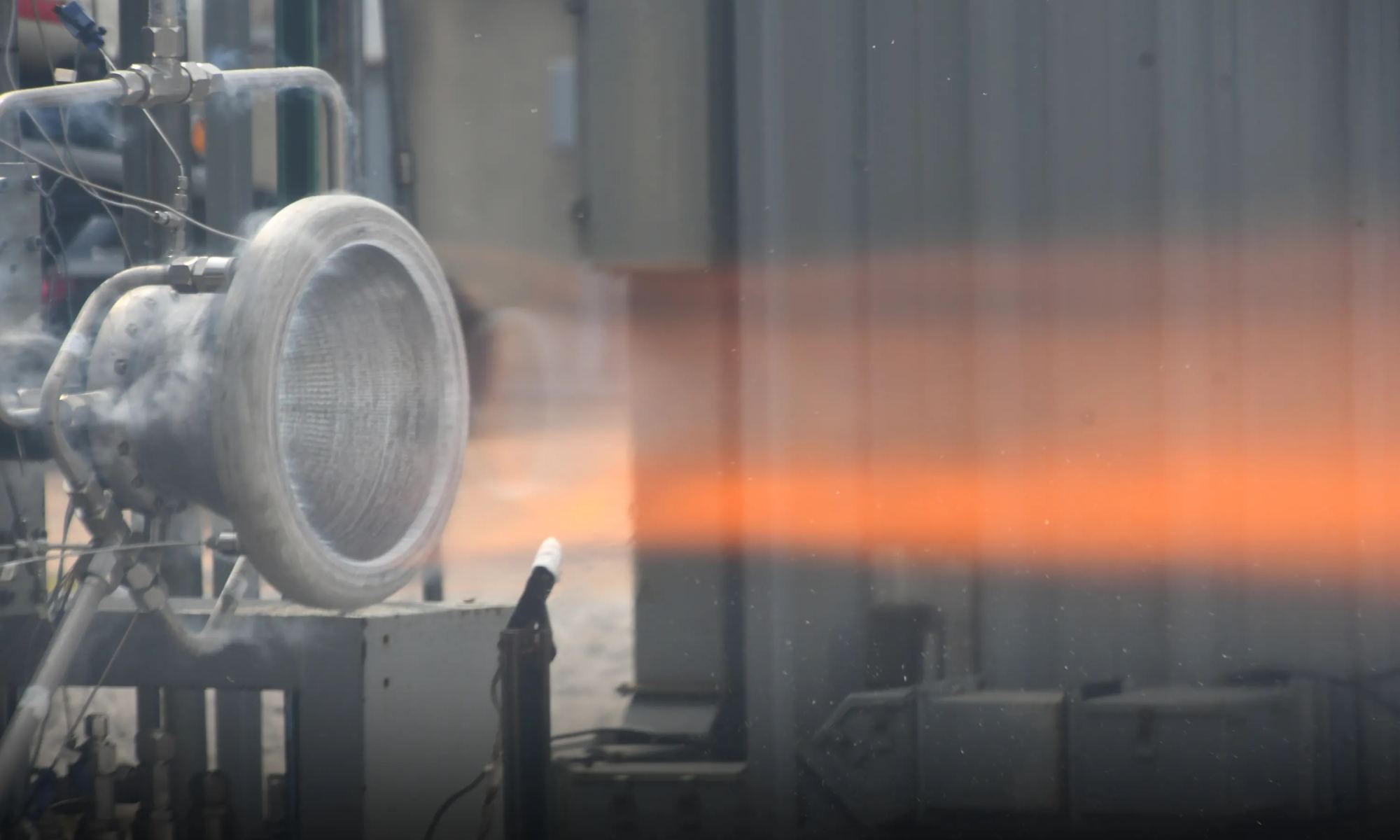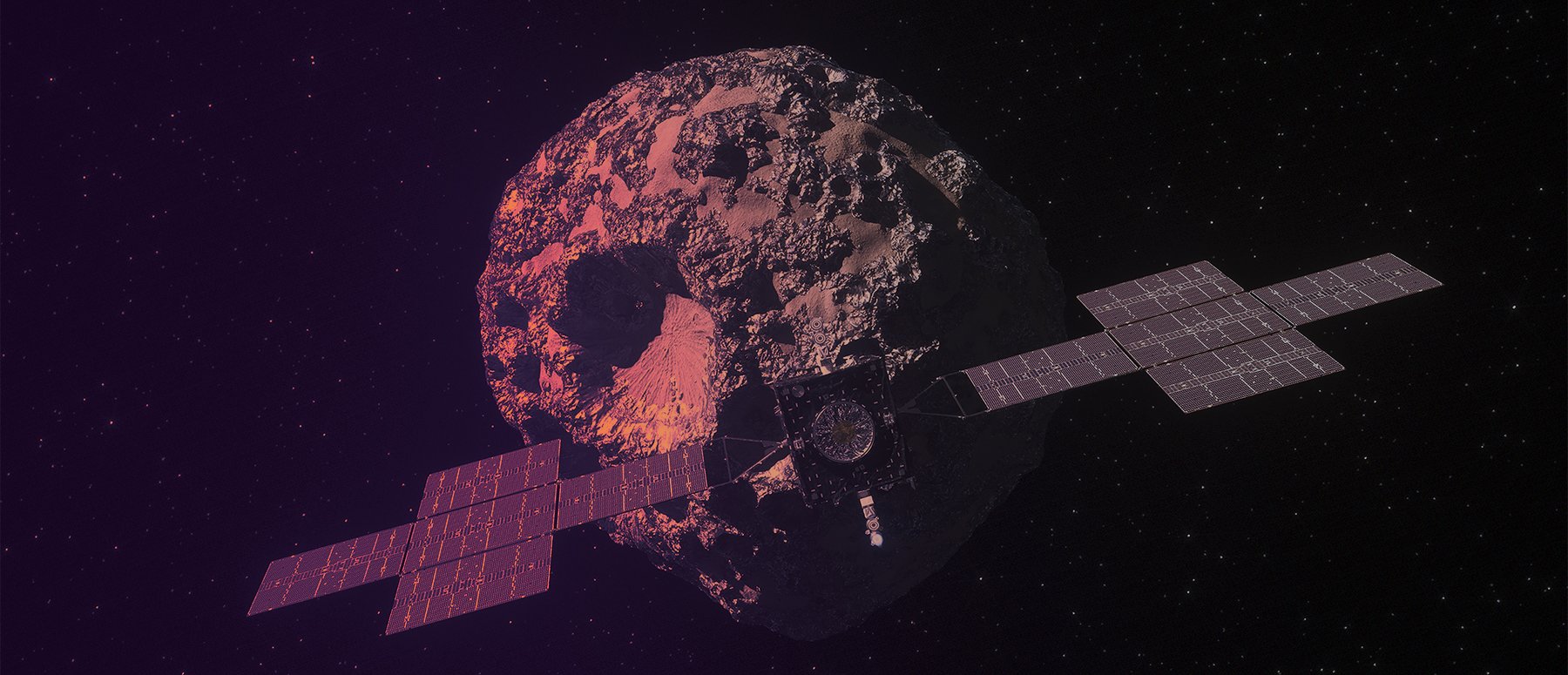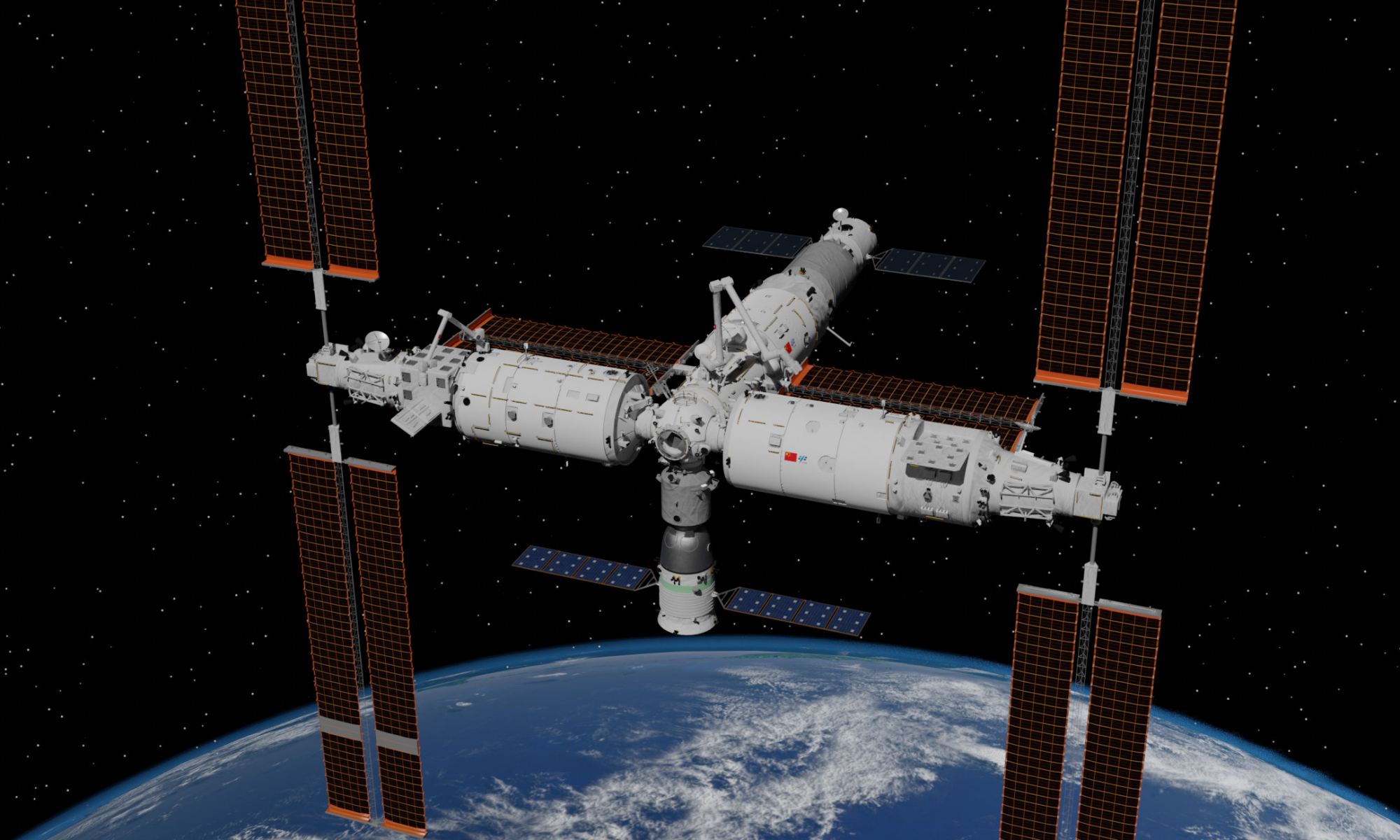When it comes to the current era of space exploration, one of the most important trends is the way new technologies and processes are lowering the cost of sending crews and payloads to space. Beyond the commercial space sector and the development of retrievable and reusable rockets, space agencies are also finding new ways to make space more accessible and affordable. This includes NASA, which recently built and tested an aluminum rocket engine nozzle manufactured using their new Reactive Additive Manufacturing for the Fourth Industrial Revolution (RAMFIRE) process.
Continue reading “NASA Tests a 3D Printed Aluminum Rocket Nozzle”The Solar Wind Whistles as it Passes Mercury
Mercury is the closest planet to our Sun, ranging from 46 million km (28.58 million mi) at perihelion to 69.82 million km (43.38 million mi) at aphelion. Because of its proximity, Mercury is strongly influenced by the steam of plasma constantly flowing from the Sun to the edge of the Solar System (aka. solar wind). Beginning with the Mariner 10 mission in 1974, robotic explorers have been sent to Mercury to measure how solar wind interacts with Mercury’s magnetic field to produce whistler-mode chorus waves – natural radio emissions that play a key role in electron acceleration in planetary magnetospheres.
In addition to being the cause of geomagnetic storms and auroras in planetary atmospheres, these waves also lead to electromagnetic vibrations at the same frequencies as sound, producing chirps and whistles. In a recent study, an international research team consulted data from the BepiColombo International Mercury Exploration Project, which gathered data on Mercury’s magnetosphere during its first and second flyby. Their results are the first direct probing of chorus waves in Mercury’s dawn sector, which showed evidence of possible background variations in magnetic field.
Continue reading “The Solar Wind Whistles as it Passes Mercury”JWST Observes the Kuiper Belt: Sedna, Gonggong, and Quaoar

The Kuiper Belt, the vast region at the edge of our Solar System populated by countless icy objects, is a treasure trove of scientific discoveries. The detection and characterization of Kuiper Belt Objects (KBOs), sometimes referred to as Trans-Neptunian Objects (TNOs), has led to a new understanding of the history of the Solar System. The disposition of KBOs is an indicator of gravitational currents that have shaped the Solar System and reveal a dynamic history of planetary migrations. Since the late 20th century, scientists have been eager to get a closer look at KBOs to learn more about their orbits and composition.
Studying bodies in the outer Solar System is one of the many objectives of the James Webb Space Telescope (JWST). Using data obtained by Webb’s Near-Infrared Spectrometer (NIRSpec), an international team of astronomers observed three dwarf planets in the Kuiper Belt: Sedna, Gonggong, and Quaoar. These observations revealed several interesting things about their respective orbits and composition, including light hydrocarbons and complex organic molecules believed to be the product of methane irradiation.
Continue reading “JWST Observes the Kuiper Belt: Sedna, Gonggong, and Quaoar”NASA's Psyche Mission is off to Asteroid Psyche
On October 13th, at 10:19 AM Eastern (07:19 AM Pacific), NASA’s Psyche mission successfully launched atop a SpaceX Falcon Heavy rocket from Launch Pad 39A at NASA’s Kennedy Space Center in Florida. This spacecraft is now on its way to rendezvous with the M-type asteroid of the same name, an object in the Main Asteroid Belt almost entirely composed of metal. This metallic asteroid is thought to be the remnant of a planetoid that lost its outer layers, leaving behind a core of iron-nickel and precious metals. By studying this object, scientists hope to learn more about the formation of rocky planets.
Continue reading “NASA's Psyche Mission is off to Asteroid Psyche”TRAPPIST-1 Has Flares. What Does This Mean for its Planets?

The TRAPPIST-1 system continues to fascinate astronomers, astrobiologists, and exoplanet hunters alike. In 2017, NASA announced that this red dwarf star (located 39 light-years away) was orbited by no less than seven rocky planets – three of which were within the star’s habitable zone (HZ). Since then, scientists have attempted to learn more about this system of planets to determine whether they could support life. Of particular concern is the way TRAPPIST-1 – like all M-type (red dwarf) stars – is prone to flare-ups, which could have a detrimental effect on planetary atmospheres.
Using the James Webb Space Telescope (JWST), an international team of astrophysicists led by the University of Colorado Boulder (CU Boulder) took a closer look at this volatile star. As they describe in their paper (which recently appeared online), the Webb data was used to perform a detailed spectroscopic investigation of four solar flares bursting around TRAPPIST-1. Their findings could help scientists characterize planetary environments around red dwarf stars and measure how flare activity can affect planetary habitability.
Continue reading “TRAPPIST-1 Has Flares. What Does This Mean for its Planets?”OSIRIS-REx Returned Carbon and Water from Asteroid Bennu
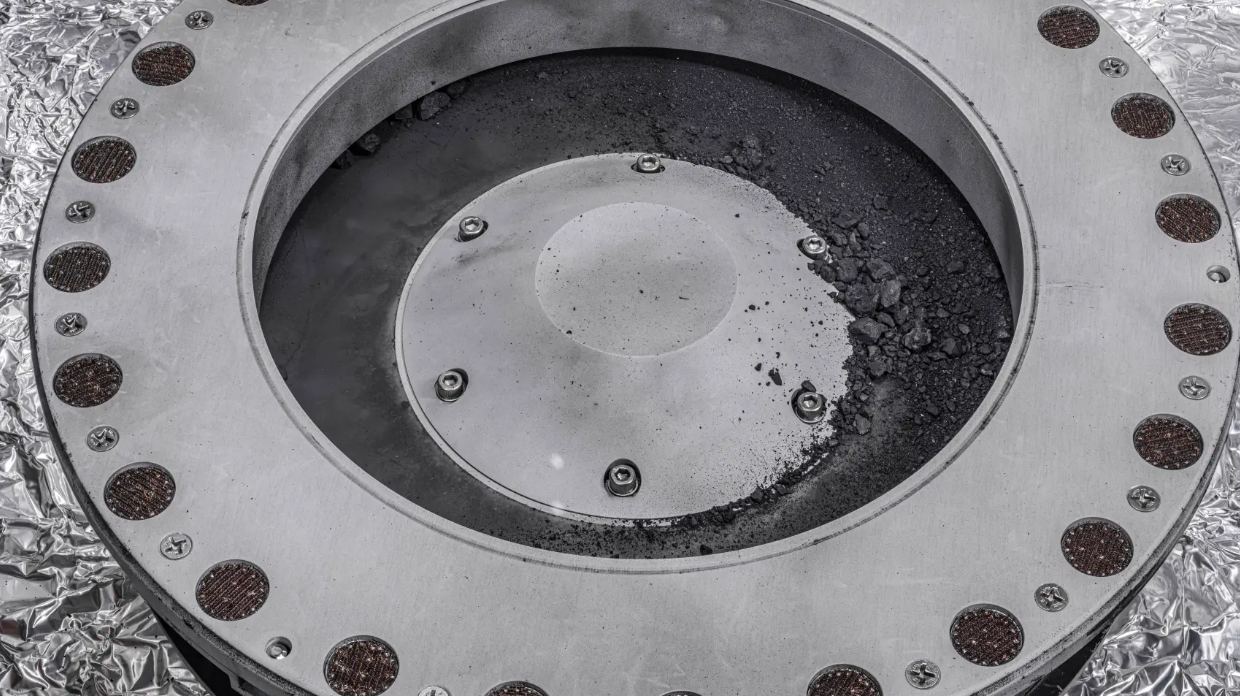
Carbon and water are so common on Earth that they’re barely worth mentioning. But not if you’re a scientist. They know that carbon and water are life-enabling chemicals and are also links to the larger cosmos.
Initial results from OSIRIS-REx’s Bennu samples show the presence of both in the asteroid’s regolith. Now, eager scientists will begin to piece together how Bennu’s carbon, water, and other molecules fit into the puzzle of the Earth, the Sun, and even the entire Solar System and beyond.
Continue reading “OSIRIS-REx Returned Carbon and Water from Asteroid Bennu”China is Planning to Double the Size of its Space Station
The International Space Station (ISS) will be retired in 2030 after more than thirty-two years of continuous service. Naturally, there are questions regarding what will replace this station, which has served as a bastion for vital research and inter-agency cooperation in space. In the past, China has indicated that their Tiangong (“heavenly palace”) space station will be a successor and rival to the ISS, offering astronauts from other nations an alternative platform to conduct research in Low Earth Orbit (LEO). As part of this plan, China recently announced plans to double the size of Tiangong in the coming years.
Continue reading “China is Planning to Double the Size of its Space Station”What’s Next for NASA’s UFO Research? Outside Observers Weigh In
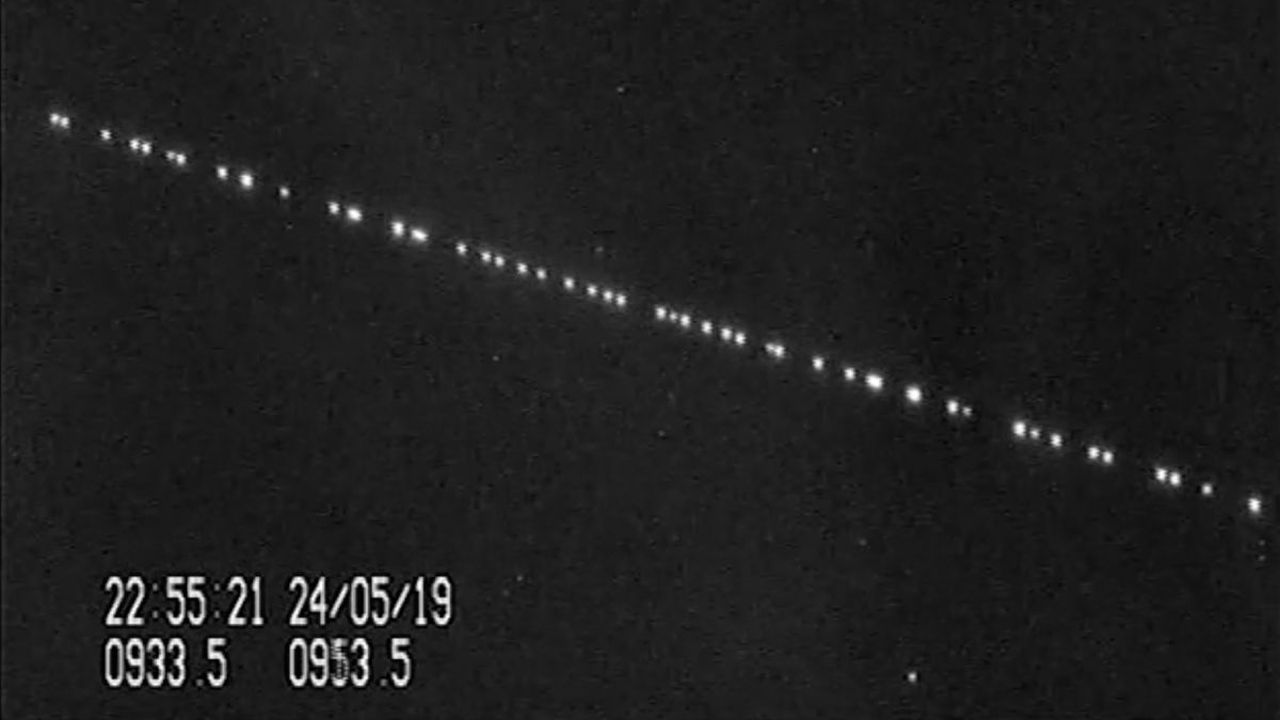
BOULDER, Colo. — NASA says it’s going to play a bigger role in studying what’s behind unidentified anomalous phenomena, the newfangled name for what we used to call UFOs. But exactly how should NASA step into that role? The astrophysicist who helped get the ball rolling last year as NASA’s associate administrator for science is suggesting a quick and easy way to get started.
Continue reading “What’s Next for NASA’s UFO Research? Outside Observers Weigh In”Is This a Collapsed Lava Tube on the Moon?
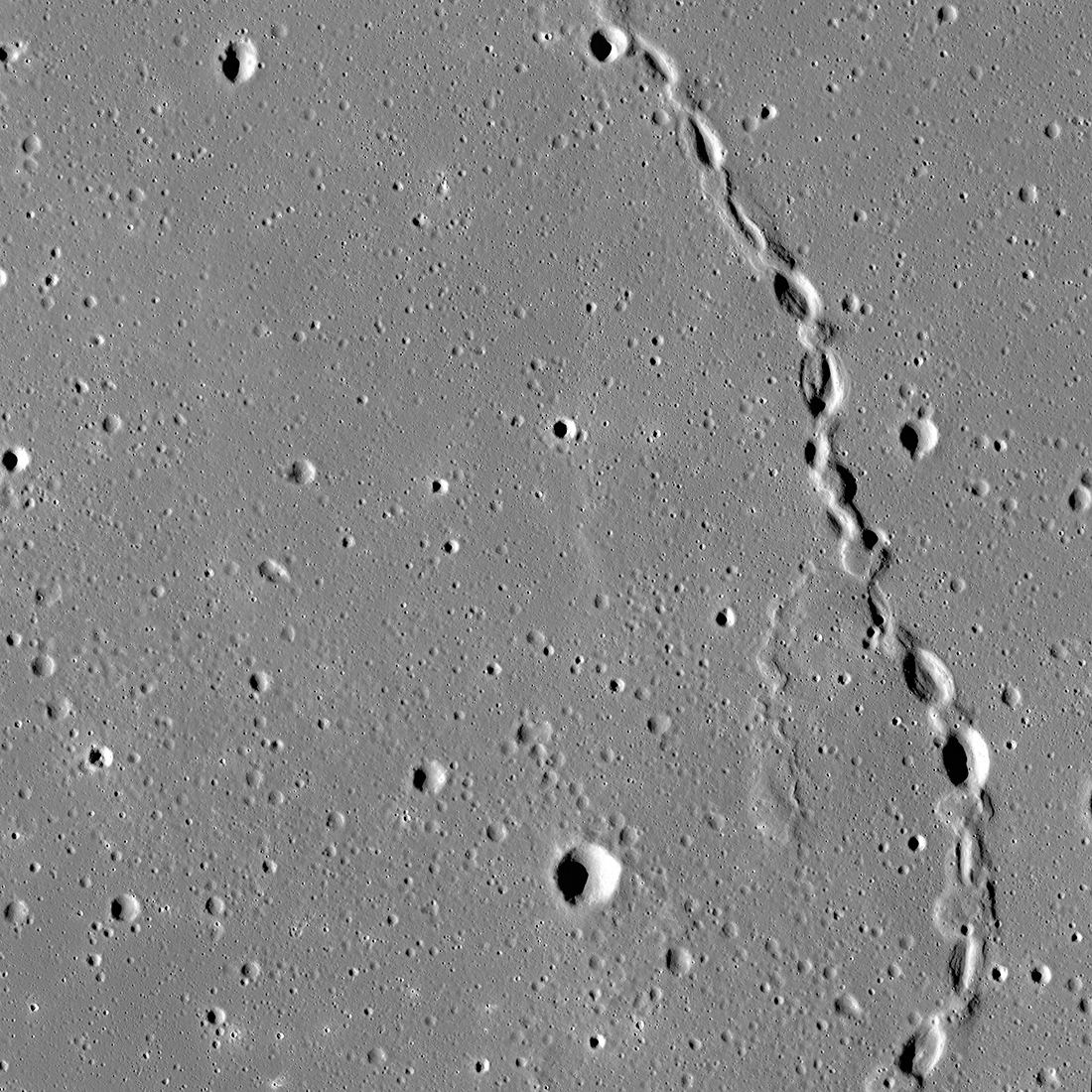
The Moon was once a geologically active place characterized by volcanoes, lava flows, and a magnetic field generated by action in its interior. The Moon’s airless environment has perfectly preserved evidence of this past and can be seen today as dark deposits, volcanic domes, and cones. But the most recognizable features are known as “sinuous rilles,” which are believed to be ancient lava tubes that have since collapsed. The Lunar Reconnaissance Orbiter Camera (LROC) recently captured images of a rille that extended 48 km long (30 mi) across the northern hemisphere.
Continue reading “Is This a Collapsed Lava Tube on the Moon?”Those Impossibly Massive Early Galaxies Might Just Be Surprisingly Bright

On July 12th, 2022, in an event live-streamed from the NASA Goddard Spaceflight Center, the James Webb Space Telescope’s (JWST) first images were released! Among them was the most detailed image of SMACS 0723, showing galaxy clusters and the gravitational lenses they produced. These lenses allowed astronomers to see deeper into the cosmos and spot galaxies as they appeared less than one billion years after the Big Bang (ca. 13 billion years ago). Upon further examination, however, they noticed something rather surprising about these early galaxies: they were much larger than expected!
According to the standard model of cosmology, the earliest galaxies in the Universe did not have enough time to become as bright, massive, and mature as they appeared. This raised many questions about our cosmological models and whether or not the Universe was older than previously thought. According to new simulations by a Northwestern University-led team of astrophysicists, these galaxies may not be so massive after all. According to their findings, they appear larger due to irregular and very bright bursts of star formation.
Continue reading “Those Impossibly Massive Early Galaxies Might Just Be Surprisingly Bright”
